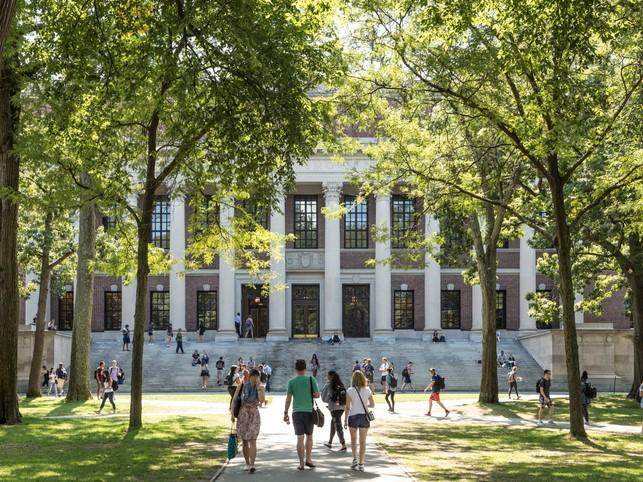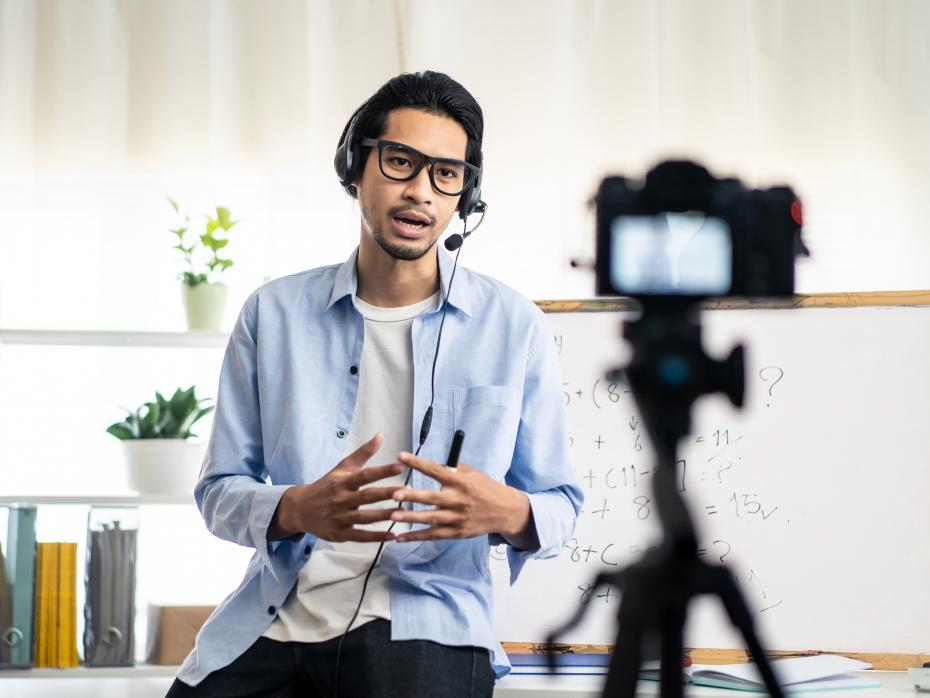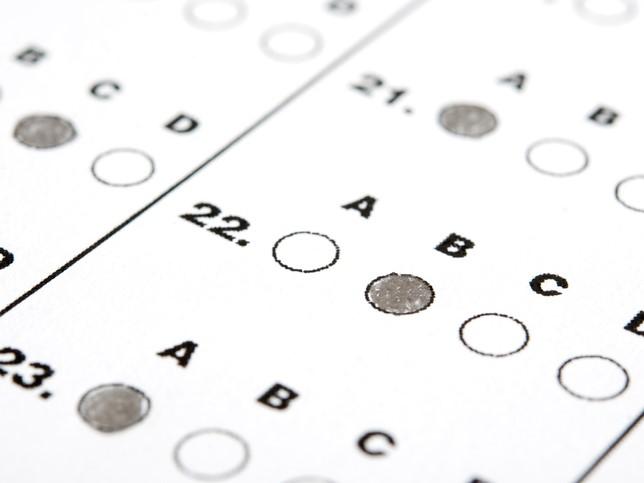Let’s start with a question for instructional designers and faculty members: when you last designed a course, how much time did you spend thinking about the role that each element in that course plays in shaping your college or university?
The most common starting points for instructional design are course content (faculty tend to start here: the knowledge that is the most important for students to explore or master) and course structure (designers tend to start here: the alignment between objectives, assignments and assessments).
Both these starting points for design can lay a foundation for individual student success. But we now think about higher education almost exclusively as an individual consumer good − and “student success” as an individualised quest for degree completion − and this undershoots the potential of higher education to improve not only individual lives but also the public good.
Bear with me for a moment as I make the argument that institutions are where hope inheres for this nebulous thing I have named the “public good”. I certainly know that the claim is dubious at best and offensive at worst. There are mountains of evidence demonstrating that HE does as much or more to replicate oppression as it does to resist or counteract it. And HE institutions have much in common with other types of institutions that radically shape our publics in vexed ways, such as churches, hospitals and prisons − although these can be sites of hope they also supply ample evidence of our worst social and economic inequities.
But I have a hard time imagining a public without infrastructure, and I have a hard time imagining infrastructure without institutions. So when I think about the failures of institutions that serve the public, I also continue to look to institutions for hope.
I can only do this, however, if I rethink the idea of an institution itself, so it becomes less a static site and becomes instead a site of practice. We can locate collective power to impact the way we live together in communities if we reimagine our universities as inseparable from the humans who work and learn within them. Course designs, then, are not products of our institutions; designing courses is a practice of our institutions. And our institutions, in the extension of these practices, shape and reshape our publics.
We need to shift our mindset to think of course design as a series of acts that collectively bring our college or university into being. Therefore, we need to pause in the act of course design and consider: what does my university need to be?
Speaking from 20 years’ experience at my own public regional, I would say my university needs to be: more robustly funded by public dollars; more affordable for New Hampshire families; more flexible to accommodate working students, student parents and students with disabilities and chronic illnesses; better integrated with community services so that housing insecurity, food insecurity, transportation, childcare and healthcare costs and challenges never prevent someone enrolling or succeeding in college; explicit in dismantling persistent and systemic racism, xenophobia, sexism, homophobia and ableism (among other issues).
But what do all these things have to do with course design? That’s the problem. Not much. Faculty members focus on content, and instructional designers focus on course structure. Everything else? Well, as the university understands it, that stuff is someone else’s job. Legislative appropriations and accommodations for disabled students and the food pantry and financial aid and multicultural affairs – there are offices for them.
Of course, I’m painting with a broad brush, and faculty members and instructional designers with whom I work daily understand all these things to be intrinsic to our courses and especially to the pedagogies we engage. But what we could use is a framework for instructional design that helps us all integrate larger institutional needs with the work of building a course.
There are several ways of doing this. Identifying how the institution serves not only individual students but also the broader public is a good first step. Exploring systemic challenges and identifying solutions that integrate policy and pedagogy is another. This is team-based work that will involve faculty, designers, staff, administration and students. We need a new kind of instructional design that recognises that our HE institutions are part of the infrastructure that gives our publics their shapes.
Now is a good time to facilitate new instructional design approaches. The euphemistically named “remote pivot” during Covid highlighted the importance of instructional designers, but it also demonstrated how key it is to design for real students and real contexts.
I have been inspired by recent work by Jesse Stommel and my colleague Martha Burtis who call for a human-centred instructional design framework that “move[s] away from learning objectives, course templates and technological infrastructures, and instead build[s] community”. Sean Michael Morris has launched an editorial project focused on “critical instructional design, a humanising and problem-posing digital design approach grounded in...critical pedagogy.”
To these efforts to centre people and community in instructional design, I add a call to remember that our institutions should be architectures of and for our people. By designing courses in ways that link our work in the classroom to the shape we want our institutions to take, we can help our colleges and universities keep their promises to the public.
Robin DeRosa is professor of interdisciplinary studies and director of the Open Learning & Teaching Collaborative at Plymouth State University in New Hampshire, US. She is an advocate for public higher education and open approaches to pedagogy.




comment